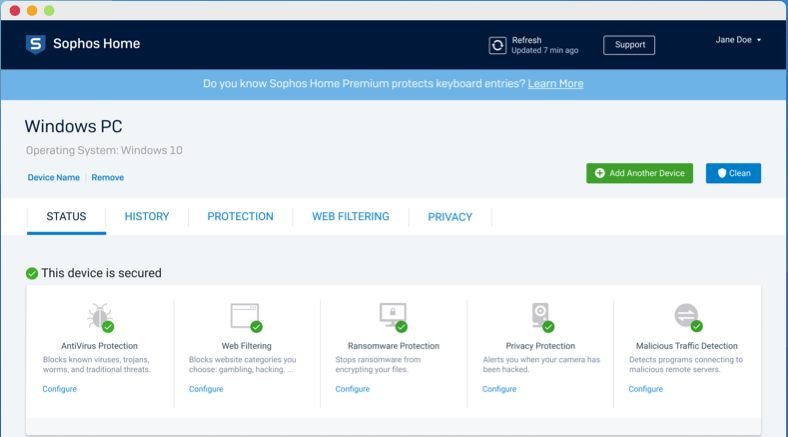
“I’ve been a Mac user for 15 years and have enjoyed using a computer without the hassle of finding an anti-virus suite, maintaining and keeping my computer clean,” Royal writes. “Do we need to think about Mac anti-virus?” If you need to be able to detect Windows malware in your files, use ClamXav - nothing else.“As Mac popularity grows so does the interest in developing threats for the platform, and while it is far more secure than Windows, it’s not 100% safe,” Simon Royal writes for Low End Mac. Never install any commercial "anti-virus" products for the Mac, as they all do more harm than good. Migrate to a newer version of the Mac OS as soon as you can.įollow these guidelines, and you’ll be as safe from malware as you can reasonably be. Those bugs will probably never be fixed, because those older operating systems are no longer being maintained by Apple. This setting is mandatory in Mac OS X 10.5.8 or earlier, because Java in those versions has bugs that make it unsafe to use on the Internet. Few websites have Java content nowadays, so you won’t be missing much. No intermediary is acceptable.ĭisable Java (not JavaScript) in your web browser(s).

That means, primarily, that you never install software from an untrustworthy source. If you're smarter than the malware attacker thinks you are, you won't be duped. All known malware that affects a fully-updated installation of Mac OS X 10.6 or later takes the form of trojans, which can only work if the victim is duped into running them.

The most effective defense against malware is your own intelligence. In most cases, there’s no benefit from any other automated protection against malware. The recognition database is automatically updated once a day however, you shouldn't rely on it, because the attackers are always at least a day ahead of the defenders. Mac OS X versions 10.6.7 and later have built-in detection of known Mac malware in downloaded files.


 0 kommentar(er)
0 kommentar(er)
